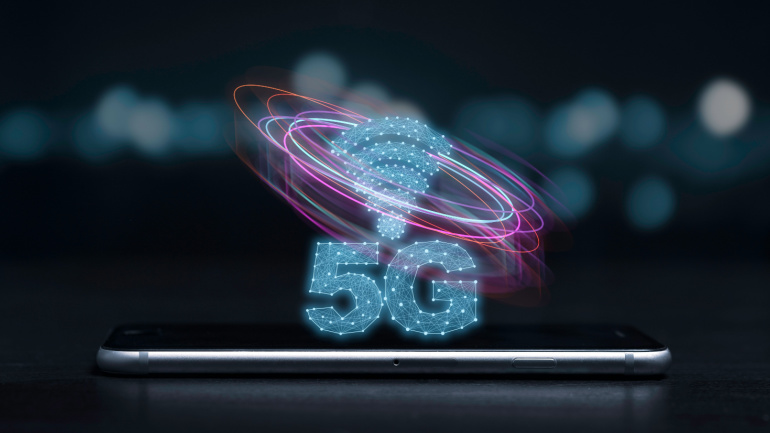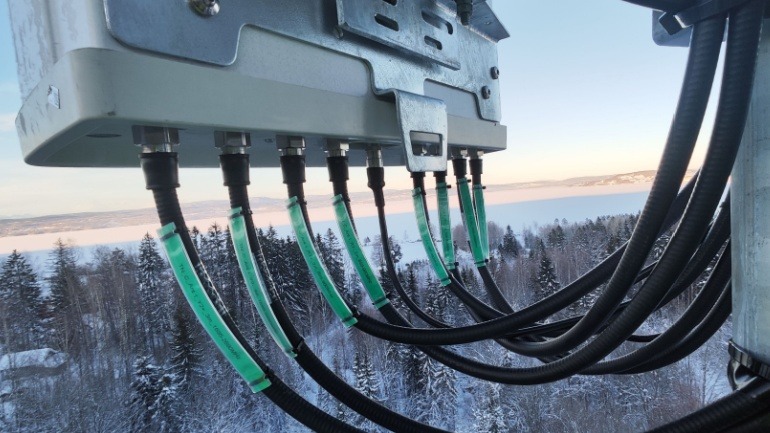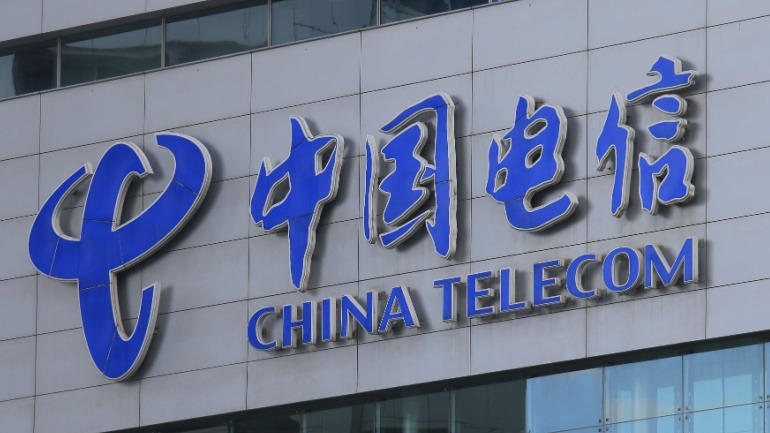Huawei and UAE telecom provider du have deployed the first indoor 5G-Advanced network in the Middle East, utilizing three carrier aggregation technology. This network delivers peak data rates of 5.1Gbps, enhancing indoor connectivity in shopping malls, hotels, airports, and residential buildings.
Claro has achieved a milestone in Brazil by successfully testing 5G-Advanced (5G-A) in partnership with Huawei, reaching speeds over 10 Gbps. Utilizing a commercially active 5G antenna and advanced modems, the trial signifies a leap forward in mobile internet technology.
Recognizing the growing demand for mid-band spectrum, the International Telecom Union (ITU) appends new frequency bands for 5G usage. A significant addition was the 6GHZ spectrum, which is anticipated to facilitate the 5G evolution. Multiple global operators have conducted successful tests, making strides toward a seamless shift to 5G-Advanced. This advancement not only opens a myriad of industry opportunities but also promises an improved user experience potentially comparable to the fiber experience.
In a quantum leap for telecommunications, the emergence of 5G-Advanced next year is set to revolutionize user experiences and catalyze operator revenue growth. Unveiling at the 2023 MWC Shanghai, Huawei is geared to lead this evolution with its innovative capabilities and AI-empowered design. Pioneering 5.5G network solutions, the telecom giant intends to enhance services for a sprawling customer base spread over 260 5G networks worldwide. Close on its heels, is the seamless integration of cloud with the core network, creating intelligent entities of simple Internet-based objects, promising profound implications in IoT.
The radio access network market is stabilizing, offering a promising outlook after past downturns. While the RAN growth remains steady, the mobile core network shows impressive gains, especially with 5G developments. Companies like Ericsson and Nokia are key players, advancing telecom infrastructure with innovative VoIP solutions, paving the way for future growth.
China Telecom’s recent financial performance highlights the importance of modern VoIP solutions in today’s competitive market environment. The company’s 5% net profit increase, driven by 5G adoption, reflects the growing demand for advanced digital transformation. As 5G subscribers reach 292.4 million, the extensive penetration underscores an increasing need for enhanced VoIP services.
Malaysia has taken a bold step into the future with the launch of YTL Communications’ 5G Advanced services. As the ninth nation to embrace this cutting-edge technology, Malaysia aims for nationwide 5G Advanced coverage by December. Leveraging Digital Nasional Berhad’s network and Ericsson’s system, YTL is revolutionizing connectivity.
Rogers Communications’ initiation of Ericsson’s 5G Advanced technology in Canada sets a new standard for telecommunications, focusing on enhancing network efficiency and IoT connectivity. This advanced technology optimizes wearables, sensors, and essential services for emergency responders.
M1 has launched Southeast Asia’s first 5G RedCap network services, enhancing its role in the 5G-Advanced arena by integrating existing IoT technologies with comprehensive 5G solutions. RedCap offers lower latency and extended battery life.
U Mobile has partnered with Telekom Malaysia to accelerate 5G deployment using TM’s extensive fiber network. With Huawei and ZTE as key tech partners, U Mobile aims for rapid nationwide coverage, focusing on high demand areas while maintaining a wholesale access deal with DNB.













